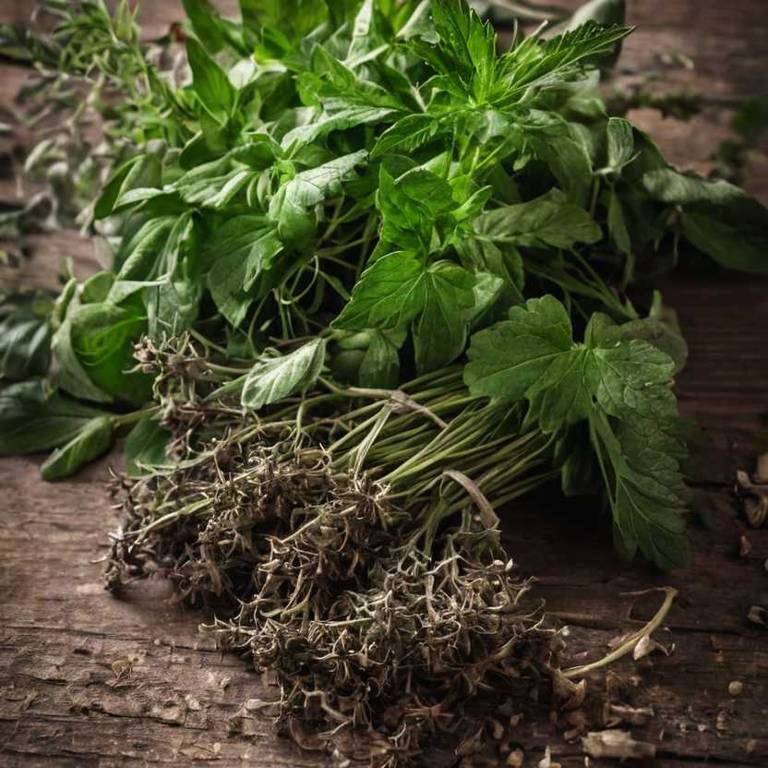Mandragora Officinarum: What To Know Before Using It For Medicinal Purposes

Mandragora officinarum, commonly known as the common mandrake, has a long history of use in traditional medicine for its potent pharmacological properties.
The plant contains tropane alkaloids, including scopolamine and hyoscyamine, which have been utilized for their sedative, analgesic, and antispasmodic effects. Historically, it was employed to treat ailments such as pain, insomnia, and respiratory issues, though its use was often accompanied by significant toxicity. Due to its hallucinogenic and poisonous nature, Mandragora officinarum was both revered and feared in various cultures.
Despite its medicinal potential, modern pharmacology has largely replaced it with safer alternatives, though it remains an important subject in the study of ethnobotany and toxicology.
Health Benefits
Mandragora officinarum has several health benefits, such as its traditional use in treating respiratory and skin conditions.
The plant contains alkaloids that may have antimicrobial and anti-inflammatory properties, potentially aiding in the treatment of infections and inflammatory diseases. It has also been historically used to alleviate pain and promote relaxation, though its use is limited due to toxicity concerns. Some studies suggest that compounds in Mandragora officinarum may support digestive health by reducing nausea and improving appetite.
However, due to its potent and potentially harmful effects, it should only be used under strict medical supervision.
10 Best Health Beneift of Mandragora officinarum
Bioactive Constituents
Mandragora officinarum has several bioactive constituents, such as alkaloids, terpenoids, and flavonoids, which have been traditionally associated with medicinal properties.
The most notable alkaloids include scopolamine, hyoscyamine, and atropine, which exhibit anticholinergic effects and have been used historically for their sedative and analgesic properties. These compounds also display antispasmodic and anesthetic qualities, making them relevant in the treatment of certain neurological and gastrointestinal disorders. Additionally, the plant contains terpenoids and flavonoids that contribute to its anti-inflammatory and antioxidant activities.
However, due to their potent and often toxic nature, the use of Mandragora officinarum in modern medicine remains highly restricted and requires careful scientific evaluation.
Medicinal Preparations
Mandragora officinarum has several medicinal preparations, such as teas, tinctures, and extracts, which have been historically used for their sedative and analgesic properties.
The roots of the plant, often depicted in folklore as resembling a human figure, were traditionally boiled to create a potent herbal tea believed to ease pain and induce sleep. Tinctures made from the dried plant material were used in ancient times to treat ailments ranging from insomnia to digestive issues. These preparations were often combined with other herbs to enhance their effects or balance their potency.
However, due to the presence of tropane alkaloids like scopolamine and hyoscyamine, these remedies require careful preparation and administration to avoid toxicity.
Side Effects
Mandragora officinarum can have some side effects, such as nausea, vomiting, and dizziness due to its potent tropane alkaloids.
In higher doses, it may cause severe hallucinations, confusion, and even seizures, which can be life-threatening. Prolonged use or overdose can lead to respiratory depression, coma, or death, making it highly dangerous. The plant is also known to cause irritation and damage to the skin and mucous membranes upon contact.
Due to these risks, Mandragora officinarum is strictly regulated and should only be handled by trained professionals.